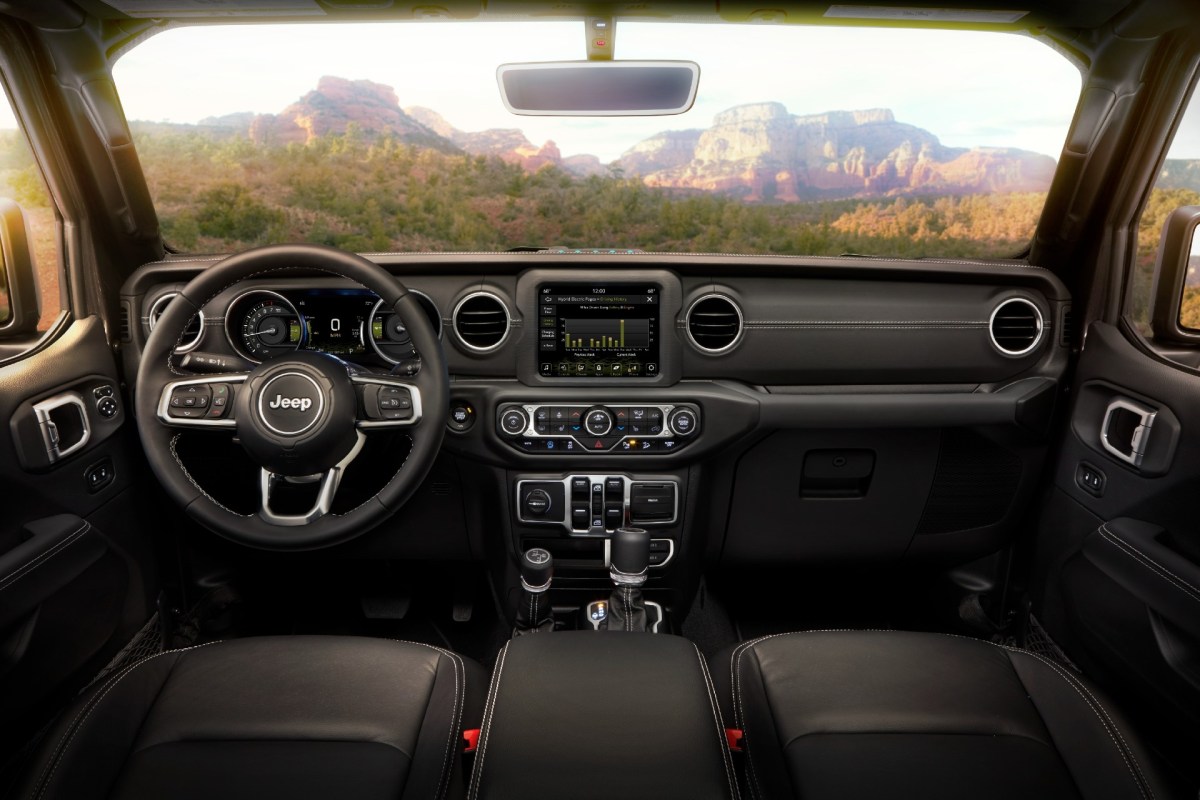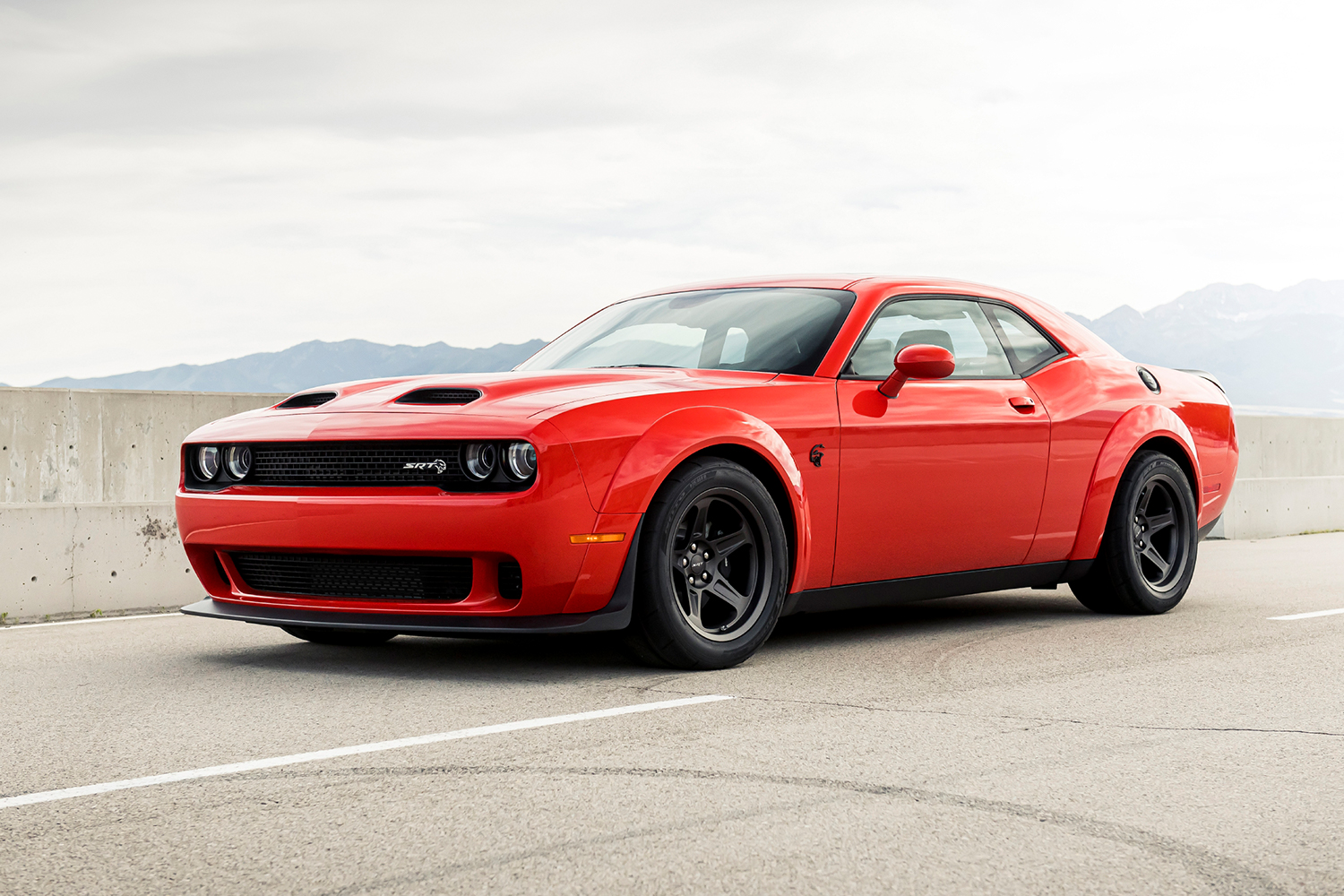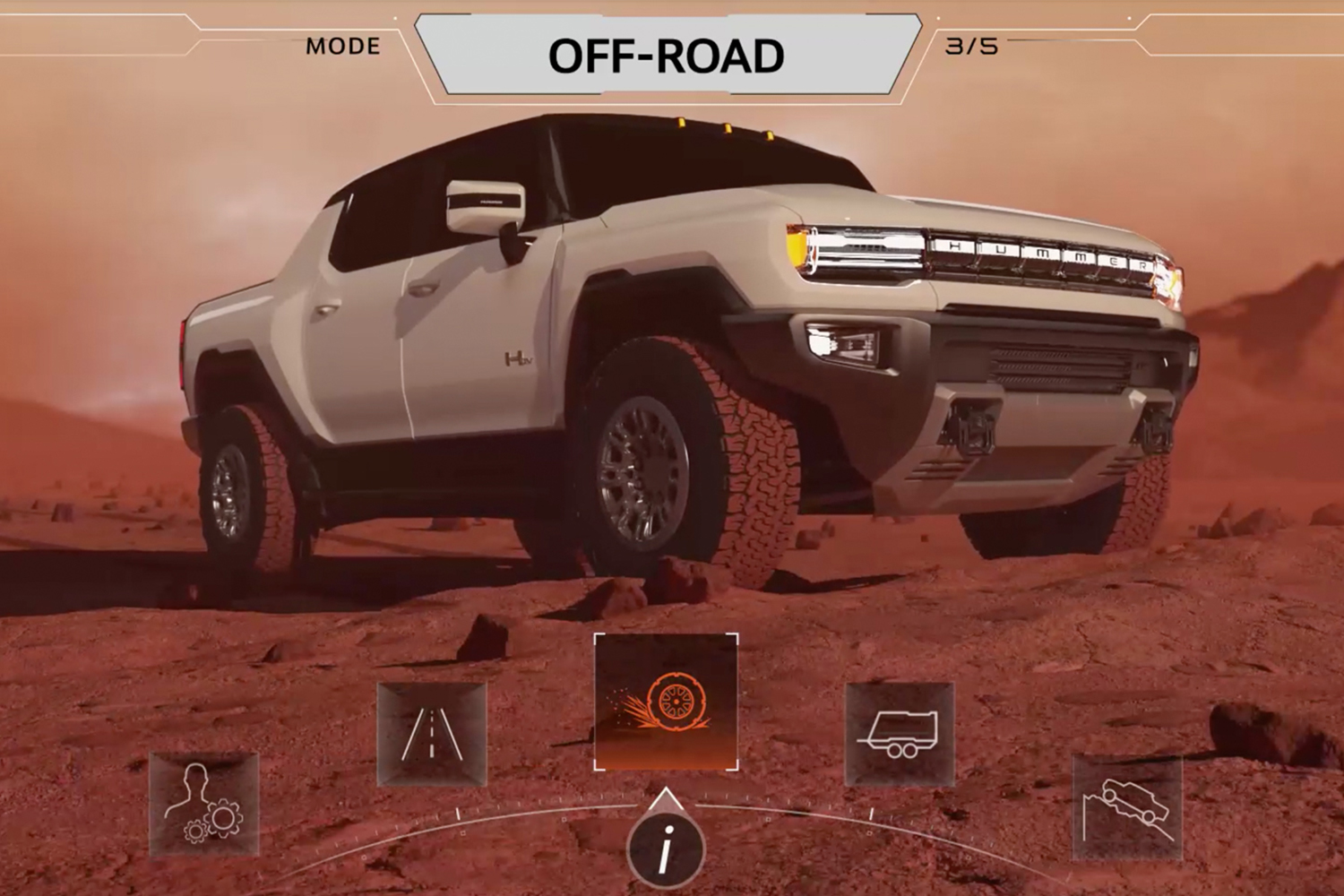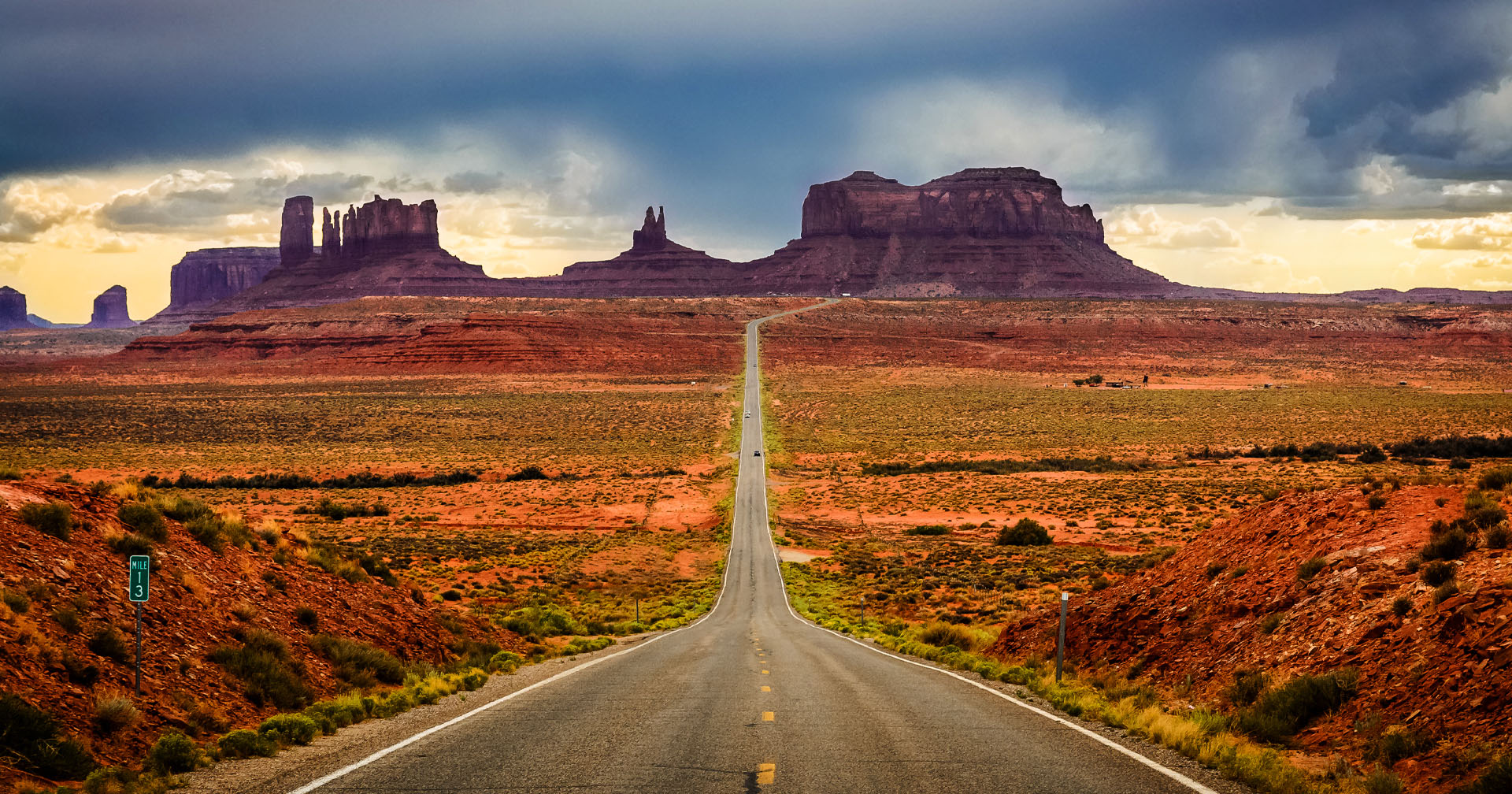For most of the last decade, Corning’s Gorilla Glass has been ubiquitous in phone design. The ultra-sturdy material has been a central component in iPhones for years, which has led to Apple investing in Corning. Not to be outdone, a host of Android phones are also made with Gorilla Glass, which has become the standard that other glass is compared to. When you have a substance that’s known for its clarity and its durability, it’s understandable to want to expand its reach.
At Autoblog, Joel Stocksdale reports that Jeep recently announced Gorilla Glass windshields as an option for the new Wrangler and Gladiator. These models join the previous generation Wrangler, the JK, where it was already available. And they’re not the only automaker to work with Gorilla Glass; as Stocksdale notes, the Ford F-150 and GT use it as well. A 2019 article in Car and Driver also pointed out that McLaren and Porsche have also rolled out Gorilla Glass windshields.
Gorilla Glass making the move from smartphones to cars isn’t as much of a leap as it might seem, though. A 2012 article by Bryan Gardiner in Wired delves deeply into the history of Gorilla Glass and its predecessor, a reinforced glass called Chemcor, which Corning believed would be useful in automotive windshields. In 1962, however, there was little enthusiasm for this technology. It was used for some AMC Javelins, but little else.
Chemcor ended up going out of use by 1971, and it wasn’t until 2005 that Corning began revisiting it with an eye towards the phone market, which ultimately led to Gorilla Glass. The idea of Gorilla Glass windshields isn’t so much a sense of a repurposed technology. Instead, it’s an idea that’s finally found its moment.
Thanks for reading InsideHook. Sign up for our daily newsletter and be in the know.

















